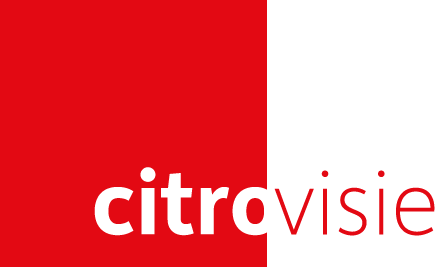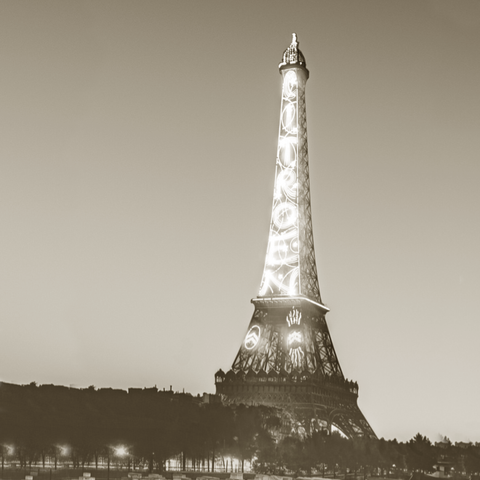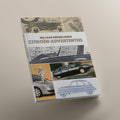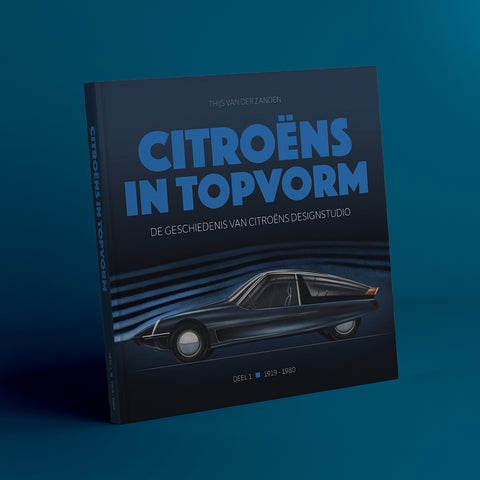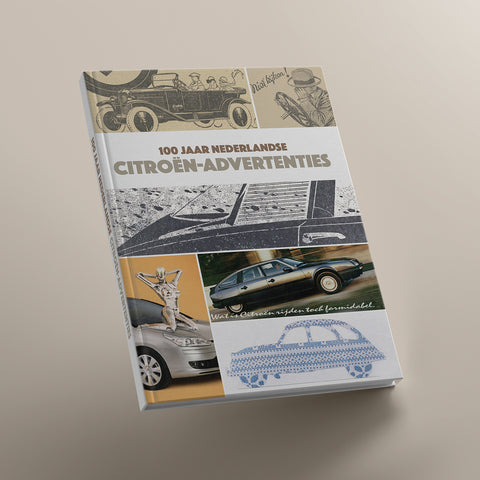Paris without the Eiffel Tower, you can't really imagine it these days. Yet the tower would have disappeared from the city a hundred years ago. In 1925, Henry Ford reportedly tried to buy the Eiffel Tower to have it shipped to Detroit. André Citroën, however, managed to prevent that from happening.
It is 1925 and preparations for the Exposition Internationale des Arts Décoratifs et Industriels Modernes in Paris are in full swing. The management of the Eiffel Tower wanted to participate in the exhibition and approached artist Fernand Jacopozzi to design a light show for on the tower. Various plans were made, but it soon became clear that the project would cost so much that a sponsor was essential. Jacopozzi took his plans to André Citroën, who immediately saw an opportunity: the Eiffel Tower as a gigantic illuminated billboard. However, the high cost of the project made him hesitate.
The story goes that the Eiffel Tower board was approached at that time by an employee of Henry Ford, who claimed he wanted to buy the tower. André Citroën heard of Ford's plans and realised that he should not give this opportunity to his rival: before Ford could complete the deal, Citroën rented the Eiffel Tower and agreed to Jacopozzi's plans.
According to rumours, the story about Ford was only a hoax to persuade Citroën, but the fact is that the tower remained in Paris and work began to realise Jacopozzi's design. Philips supplied 200,000 light bulbs that were mounted on the outside of the tower by acrobats and marines. The installation was wired with 33 kilometres of thin and 56 kilometres of thick cable.

At 10 pm on 3 July 1925, André Citroën took his wife and children to the Esplanade du Trocadéro, which overlooks the Eiffel Tower. That evening would see the first test of the light show Jacopozzi had designed. A magical moment. A day later, the show officially premiered. An unparalleled publicity stunt by Citroën. It was the largest advertisement in the world, visible from 40 kilometres in clear weather. In 1927, Charles Lindbergh, who was the first to fly non-stop across the Atlantic, even claimed that he had used the Citroën name on the tower as a landmark while flying over France.
Citroën had a taste of success and had the light show renewed with some regularity over the following years. Only at the end of 1936 did the lights go out for good. Although... circle the evening of 28 April in your diary and keep an eye on the Citrovisie facebook page...
